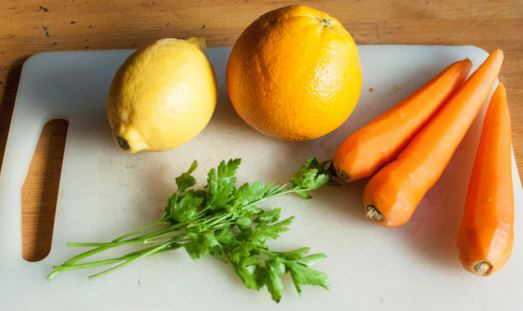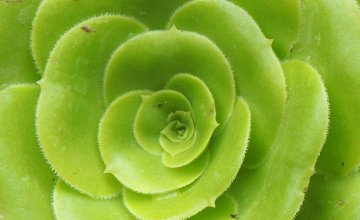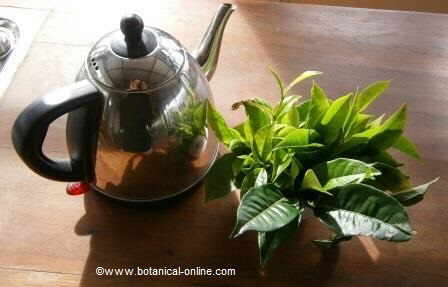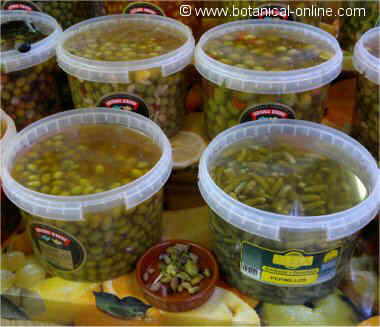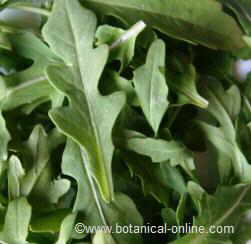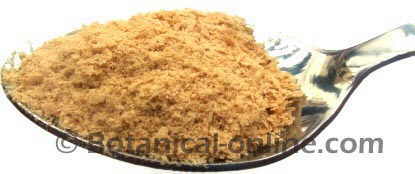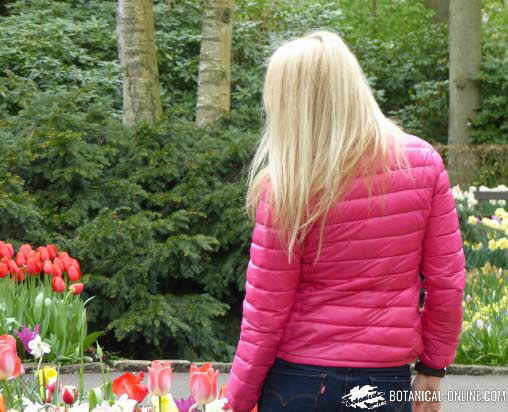Contents
Why do farmers not save the seeds from previous year?
There are some farmers who do not use registered seeds, but reproduce their plants by cuttings (such as aromatic herbs) or by unregistered plant seeds. However, most of them have to buy new seeds every year, either in organic or conventional agriculture.
Although in these cases they could use their seeds for the following year, it is not usually done because of many drawbacks of seed storage and production. (During storage, the seeds can be damaged (by temperature, fungi, bacteria, viruses, etc. and not germinate the following year)
So, farmers are forced to buy the seeds every year from a company, in both, organic farming and conventional agriculture, since no seed of registered or patented plants can be saved.
- The transgenic seeds that are bought are “patented”.
- The non-transgenic seeds that are purchased are “registered”.
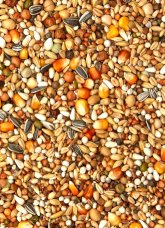
Is it true that transgenic seeds are patented and have to be purchased every year? And the ecological ones?
One of the myths – half truths – about transgenics, is that transgenic seeds are patented and therefore the farmer has to buy them every year, which is true.
But this is also true for non-transgenic seeds, whether they are organic or not, as some of them are registered seed varieties. When a registered seed is purchased, the seeds can not be saved for the following year, as is the case with transgenics, because they belong to companies and these do not allow the seeds of their crops to be used for sowing the following year.
However, as mentioned in the previous point on “Save the seeds for the next year”, farmers usually do not save seeds, but buy them every year to ensure a good harvest.
The problem can occur if a field of “unregistered seed plants” is pollinated by the field next to it that has “registered seed plants,” because the seed company can claim ownership of that crop. This is a legal problem with which, unfortunately, some farmers have been found.
Golden rice, GMOs and hunger in the world
There is an exception, a patented transgenic that can be cultivated free of charge for humanitarian purposes, which is golden rice. It consists of a rice that has been genetically modified to be rich in a precursor of vitamin A (beta carotene) and thus cover the endemic deficit of this vitamin that occurs in many underdeveloped countries (the lack of this vitamin produces blindness, delay of growth and nervous problems).
This argument is one of the most used by the defenders of transgenics, which are not authorized in organic farming. The argument of transgenics to eradicate hunger is a very questioned point, because it should be mentioned that the problem of poverty and the cause of malnutrition in these countries is that food does not arrive to those who need it.
That is, even if there is food – or surplus of a crop, the distribution of food is insufficient because it is not free and nobody assumes the cost of transporting a food to the areas in need.
Do multinationals have a monopoly on seeds?
It is true that multinationals such as Montsanto, Syngenta, Bayer or BASF are the main traders of transgenic seeds and of the pesticides and fertilizers used for their cultivation. But these multinational companies also sell the certified organic seeds, and the fertilizers and pesticides (authorized in organic farming) necessary for their cultivation.
Therefore buying products with the seal of organic farming does not necessarily mean not buying multinationals. The certificate of organic farming does not take into account whether the owner of the seed is a multinational or not.
The multinationals sell seeds and pesticides both ecological and transgenic crops.
Transgenic soy destroys natural spaces and biodiversity
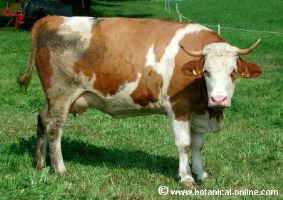
Why does soy have such a bad reputation?
Soy is an Asian legume that has been consumed traditionally in human nutrition for centuries. Many environmental groups warn of the great environmental impact of the current intensive crops of transgenic soybeans, which are destroying hectares of natural spaces on all continents and destroying the native biodiversity of these countries, which is devastating for the health of the planet.
But the fate of transgenic soy is not primarily people, but animals. In other words: soy is produced intensively to feed animals, and the only way to eradicate its cultivation is consuming much less meat worldwide.
Transgenic soy is produced because too much meat is eaten
All people who eat meat daily are encouraging the intensive cultivation of soy. Eating meat every day is anti-ecological, even if it has the stamp of organic production.
Precisely to cover the current demand for meat has been necessary to develop transgenic soybeans (GMO or genetically modified), with which more productive crops have been achieved, with fewer pests and more resistant to herbicides. This type of crops are devastating for the planet.
But, who is that soy for?
The root problem of transgenic soybeans, whose cultivation is destroying many natural ecosystems, is the exaggerated consumption of meat that is produced in all developed or developing countries.
If the transgenic soybeans or maize did not exist, another intensive culture would be used, for example some transgenic chickpeas.
The issue is that you need to produce a vegetable food to grow animals and meet the huge demand for current meat (veal, chickens, lambs, turkeys, etc.), and for this reason transgenic soybeans have been developed
This leads us to talk about the organic diet:

![]() More information on organic food
More information on organic food

